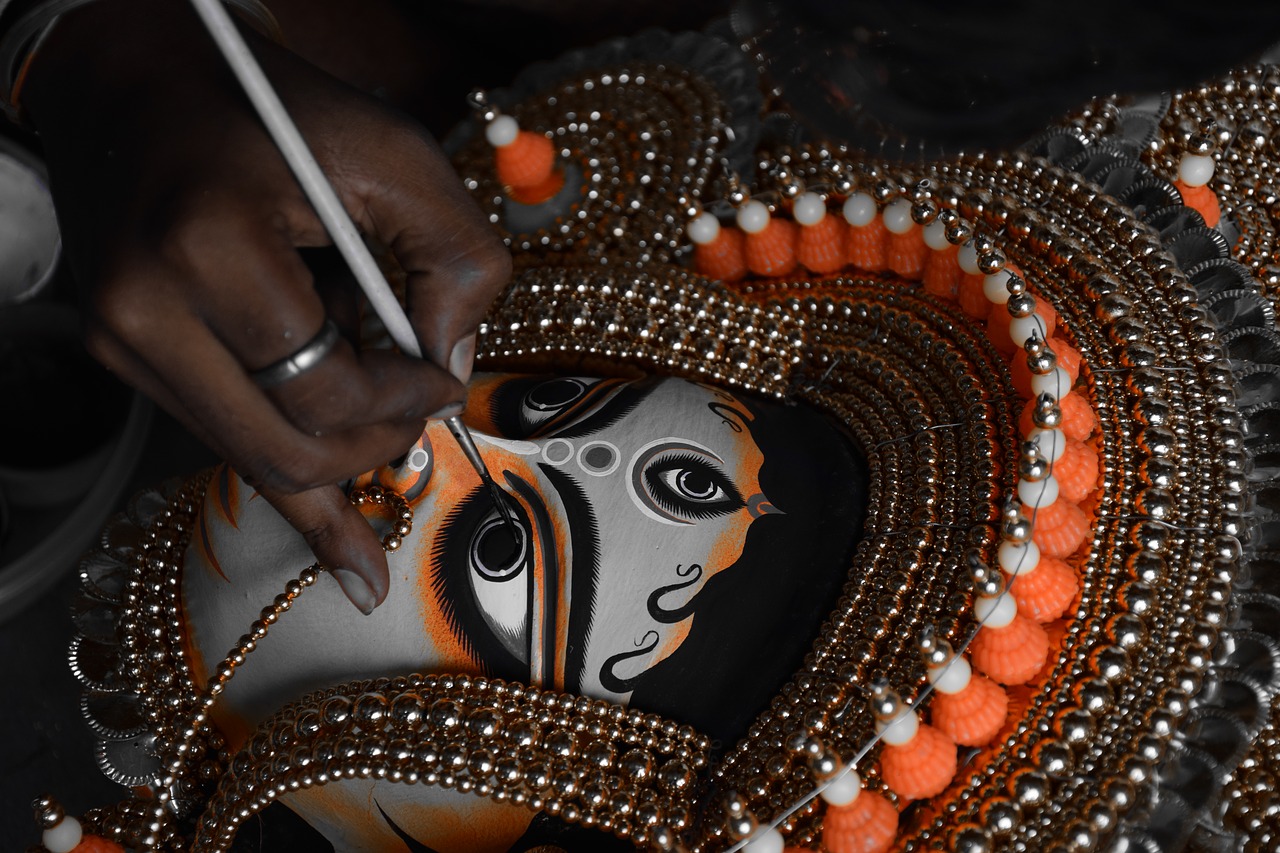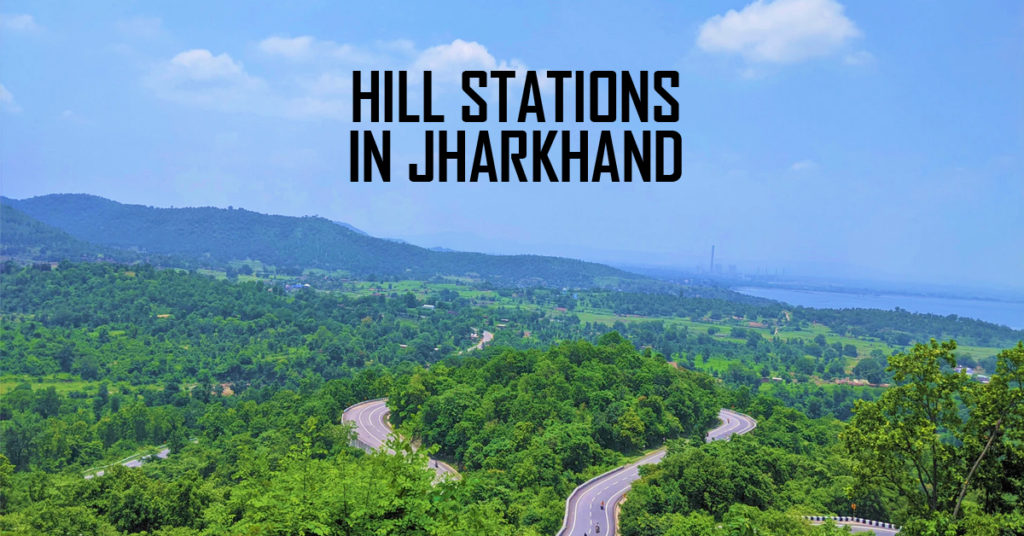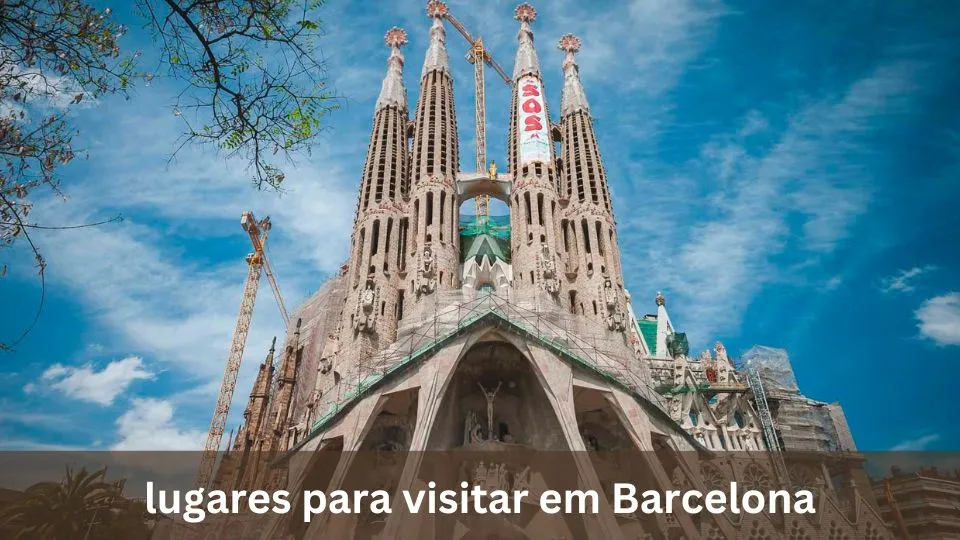There are temples all over India of the millions of gods that exist in Hinduism. However, almost all of these temples come from exciting, sometimes mysterious backgrounds. Temples in East India are no different. However, what separates these temples from the rest of the country, is the fact that even science does make sense when it comes to the architectural anatomy of some of them. To give you a better understanding of these concepts, mysteries and stories, the following is a list of the 8 largest temples in East India, their locations and histories.
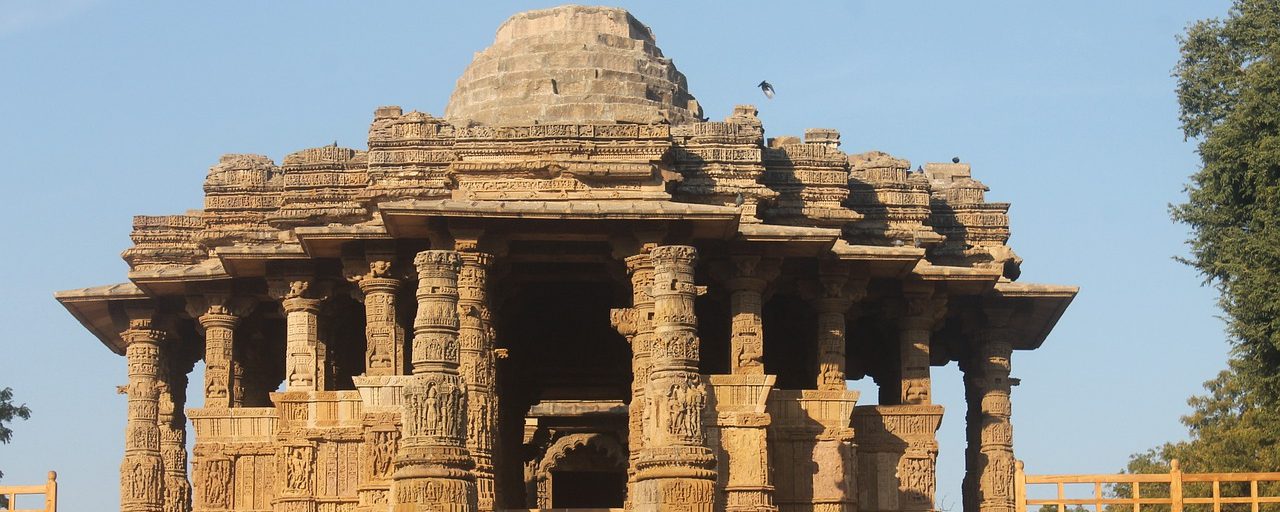
8 Largest Temples in East India
LOCATIONS
| Sr. No. | NAME | LOCATION |
| 1 | Sri Jagannatha Temple, Puri | Grand Rd, At post, Puri, Odisha 752001 |
| 2 | Brahmeshwara Temple, Bhubaneshwar | Near, Tankapani Rd, Siba Nagar, Brahmeswarpatna, Bhubaneswar, Odisha 751002 |
| 3 | Mahabodhi Temple, Bodhgaya | Bodh Gaya, Bihar 824231 |
| 4 | Vishnupad Temple, Gaya | Reshmi Road, Chand Chaura, Gaya, Bihar 823001 |
| 5 | Kalighat Kali Temple, West Bengal | Anami Sangha, Kalighat, Kolkata, West Bengal 700026 |
| 6 | Dakshineshwar Temple, West Bengal |
Ramkrishna Paramhansa Dev Rd, Domestic Area, May Dibas Pally, Dakshineswar, Kolkata, West Bengal 700076
|
| 7 | Baba Baidyanath Jyotirlinga Temple, Jharkhand | Baba Baidyanath Jyotirlinga Temple, Jharkhand |
| 8 | Harihar Dham, Jharkhand | 3RCC+5J9, Bagodar, Jharkhand 825322 |
1. Sri Jagannatha Temple, Puri
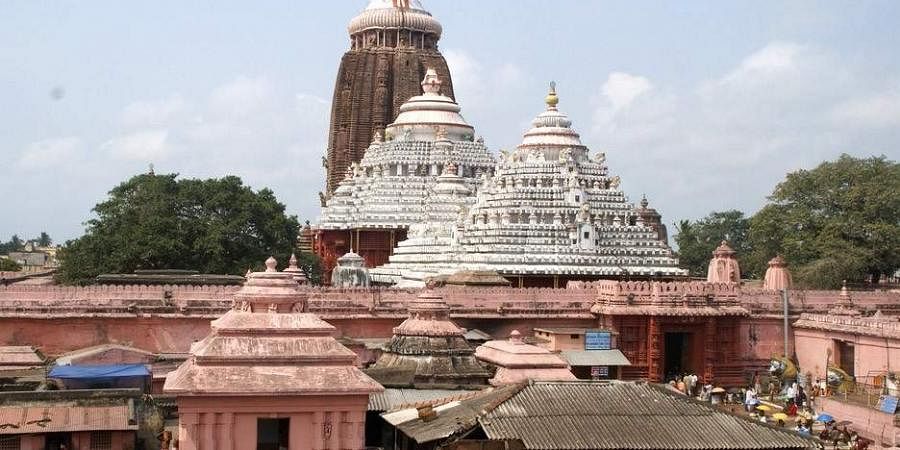
Sri Jagannatha Temple is probably the most mysterious, astonishing, celestial and faith-confirming temple in the entire world. The origins of the temple date back to the 10th Century CE. There are many legends surrounding the origination of the Temple and the idols in the temple. In fact, there are many legends surrounding even those legends. The most popular story among all of them is the story of Indradyumna during Satyuga.
King Indradyumna desired to build this temple of Lord Vishnu but didn’t have an image for the idols. He asked Lord Bramha for his help since he is the creator. Subsequently, Lord Bramha redirected him to Lord Vishnu because who would know better than Vishnu himself, right? Eventually, Lord Vishnu appeared in the king’s dream has told him something about a log of neem wood in Bankamuhana. The next morning, the king found the log but was still clueless about the design of the idols. Only then, the architecture of the Gods, Lord Vishwakarma disguised as an artist and agreed to work on the idols. His only condition was to be left alone throughout the process of the construction.
Eventually, the king’s patience ran out and he opened the door of the chambers to check on the artist. The artist was still yet to make the hands of the idols when he was interrupted. Since the king’s end of the deal was not fulfilled, Vishwakarma disappeared in the middle of the project and hence, the idols were left armless.
2. Brahmeshwara Temple, Bhubaneshwar
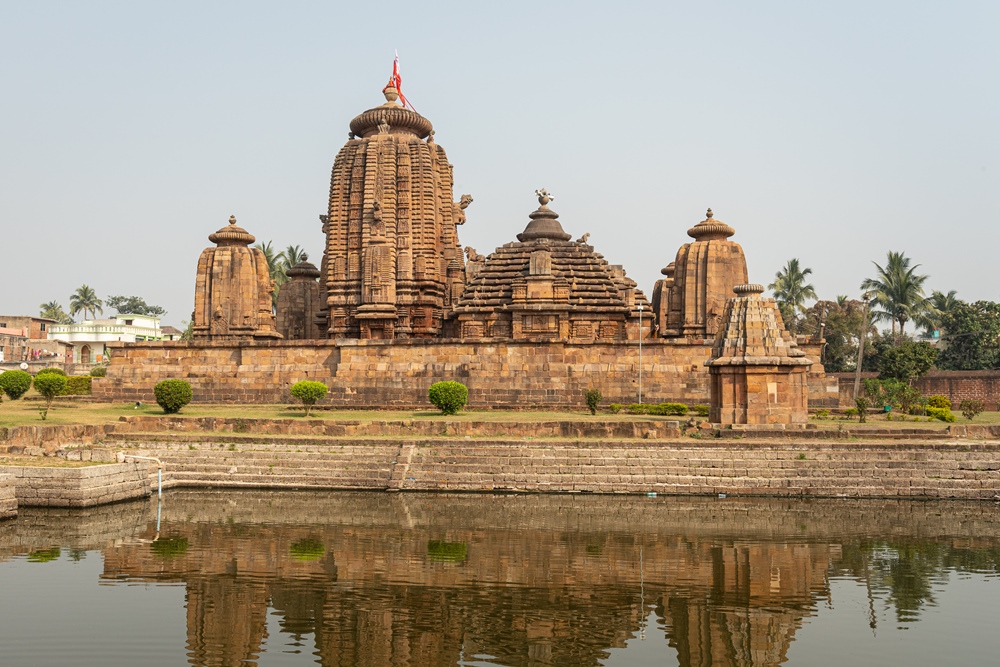
Brahmeshwara Temple in Bhubaneshwar is one of the oldest temples in Odisha, dating back to the 9th Century CE. Similar to the Jagannath Temple in Puri, this is an architectural triumph. The temple is a Panchatanaya temple, meaning, it has 5 shrines in it. Evidently, one of those shrines is the main shrine itself. Additionally, the method of carving used for this temple is similar to wooden carving, only performed on stone for this temple. Furthermore, the statues on the walls demonstrate the Lords, the Goddesses, the traditions and the decoratives. Every inch of this temple is picturesque.
3. Mahabodhi Temple, Bodhgaya
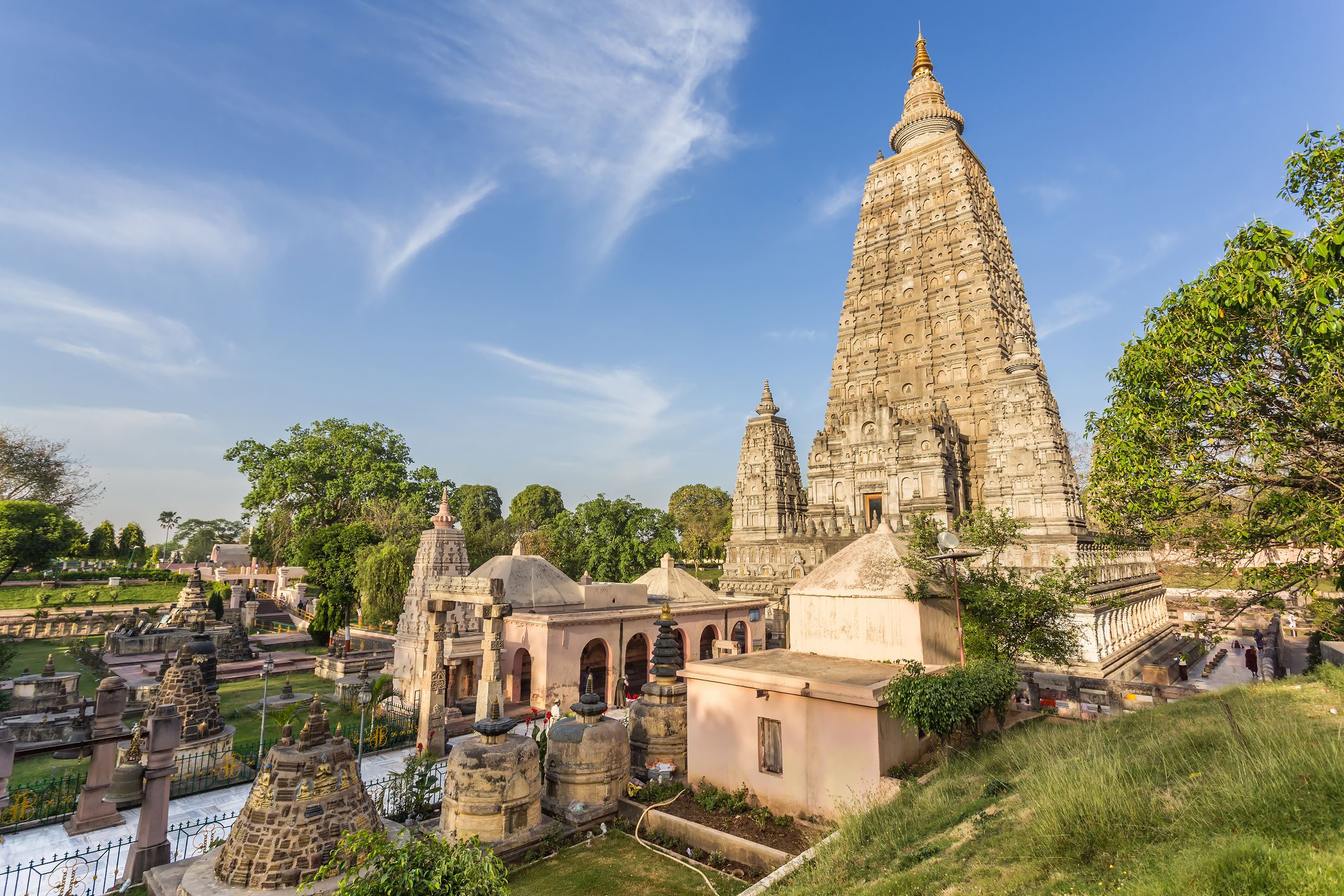
UNESCO marked the Mahabodhi temple as one of the World Heritage Sites in 2002 for a reason. There is no end to the new information that keeps coming up about this temple. It has been restored and rebuilt several times. The significance of this temple comes from the time of Buddha, particularly about Buddha attaining his enlightenment in this temple. The origins of this temple are a bit unclear, however, the remaining portion of the temple dates back to the 7th century. Archaeologists speculate that the temple might have existed during the 2nd and 3rd centuries as well.
As a matter of fact, archaeologists were very quick in saving and restoring this temple before more damage could have occurred. Many of the main pillars are now replaced by replicas and rest in the Museum beside the temple. Make sure to visit the museum during your trip to the temple to know more about the history.
4. Vishnupad Temple, Gaya
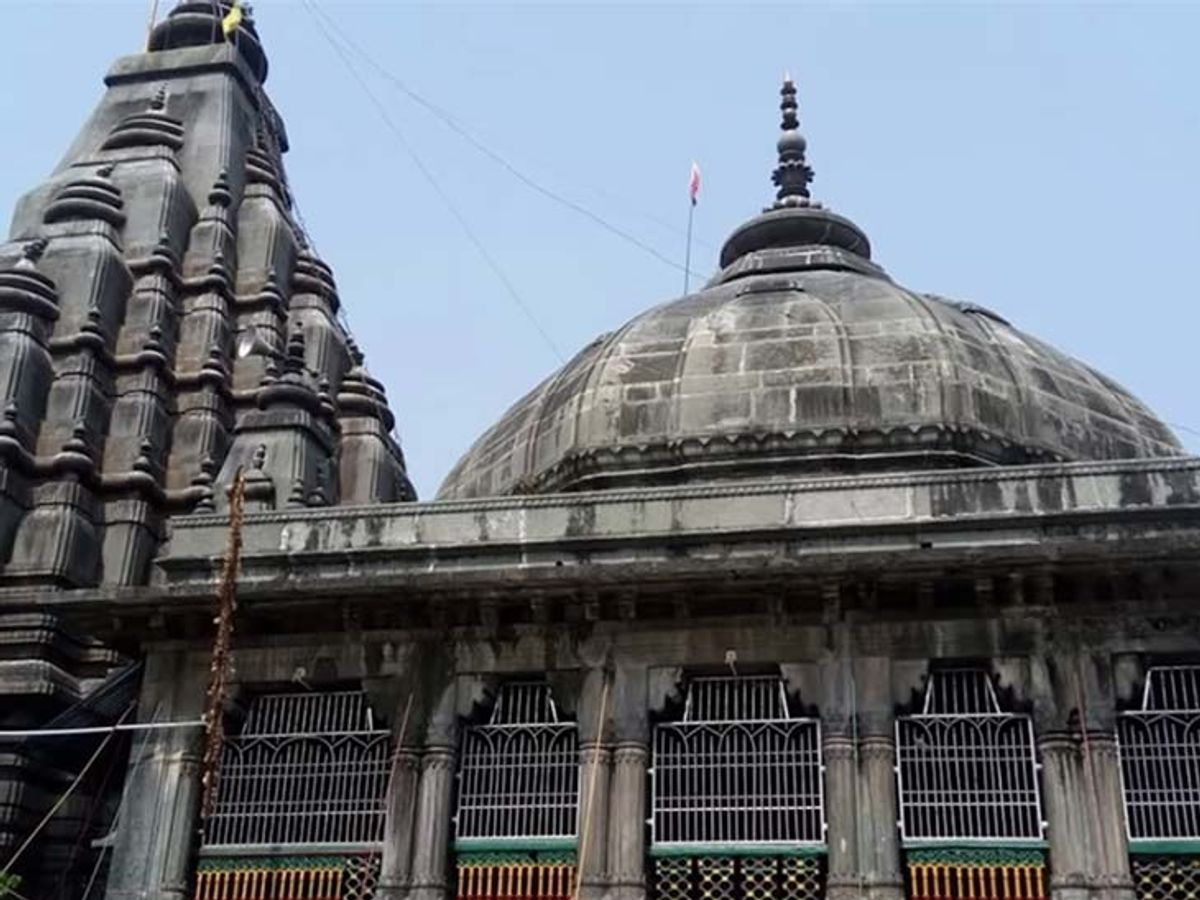
The name Vishnupad, which literally means Foot of Vishnu, comes from the origin story of the temple. Actually, the footprint of Lord Vishnu is the main attraction of this temple. They say that Lord Vishnu stepped on the head of the demon Gayasura, to send him down the surface earth. When the demon went done, the footprints of the Lord remained on the ground near the banks of Phalgu River in Gaya and hence the name of the temple. The time and year of construction of the temple are a bit unclear. However, the scriptures say that Lord Rama and Sita visited this temple, so it must be before that.
5. Kalighat Kali Temple, West Bengal
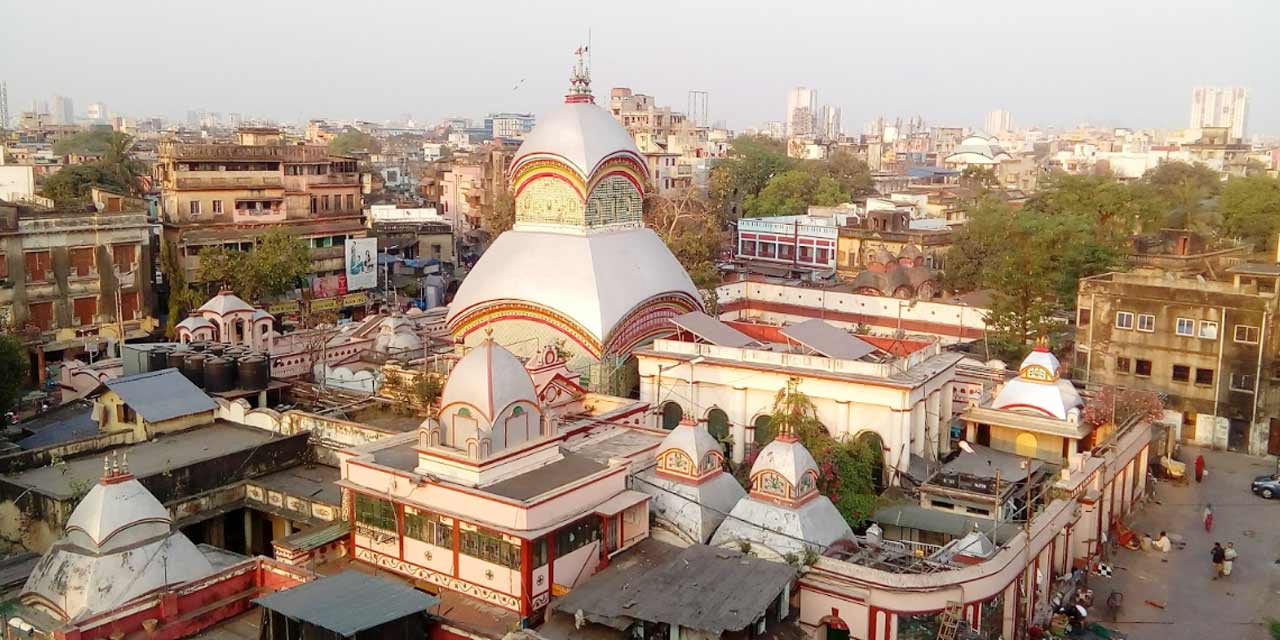
Interestingly, the Kalighat temple is the origin story of the name of Kolkata. As it happens, the name Kolkata comes from ‘Kalikata’, the Goddess of Kalighat Temple. The temple is also one of the 4 main Shaktipeethas (Adi Shaktipeethas). In fact, this is the place where four toes of Dakshayani or Sati landed. Additionally, the reconstruction of the temple happed only about 200 years ago.
6. Dakshineshwar Temple, West Bengal
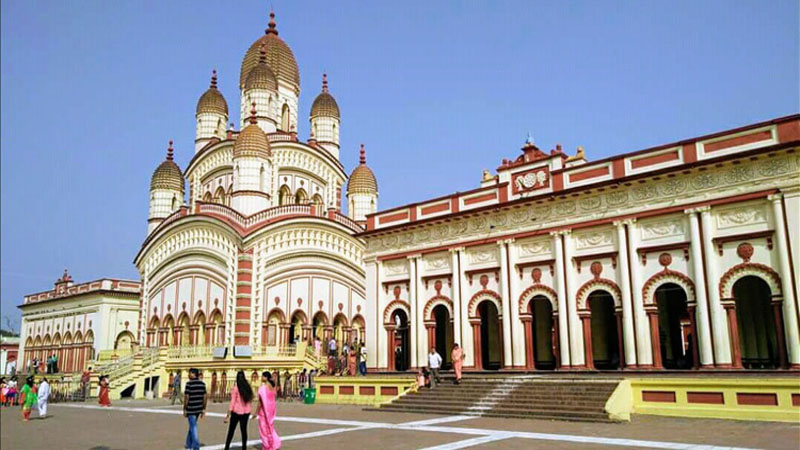
The Dakshineshwar Kali temple is again, one of the temples in east India that is dedicated to Goddess Kali. However, there is something different about this one. Legends say that in the 19th Century, a female philanthropist named Rani Rashmoi had a dream in which Goddess Kali told her to install a statue of her near the river Ganga. This happened right before Rani was leaving for her pilgrimage to Kashi. She obeyed the command of the Goddess started the construction of the temple on purchased land. She died about 6 years after the construction ended. Before dying, she even dedicated a piece of and for the trust of the temple.
7. Baba Baidyanath Jyotirlinga Temple, Jharkhand
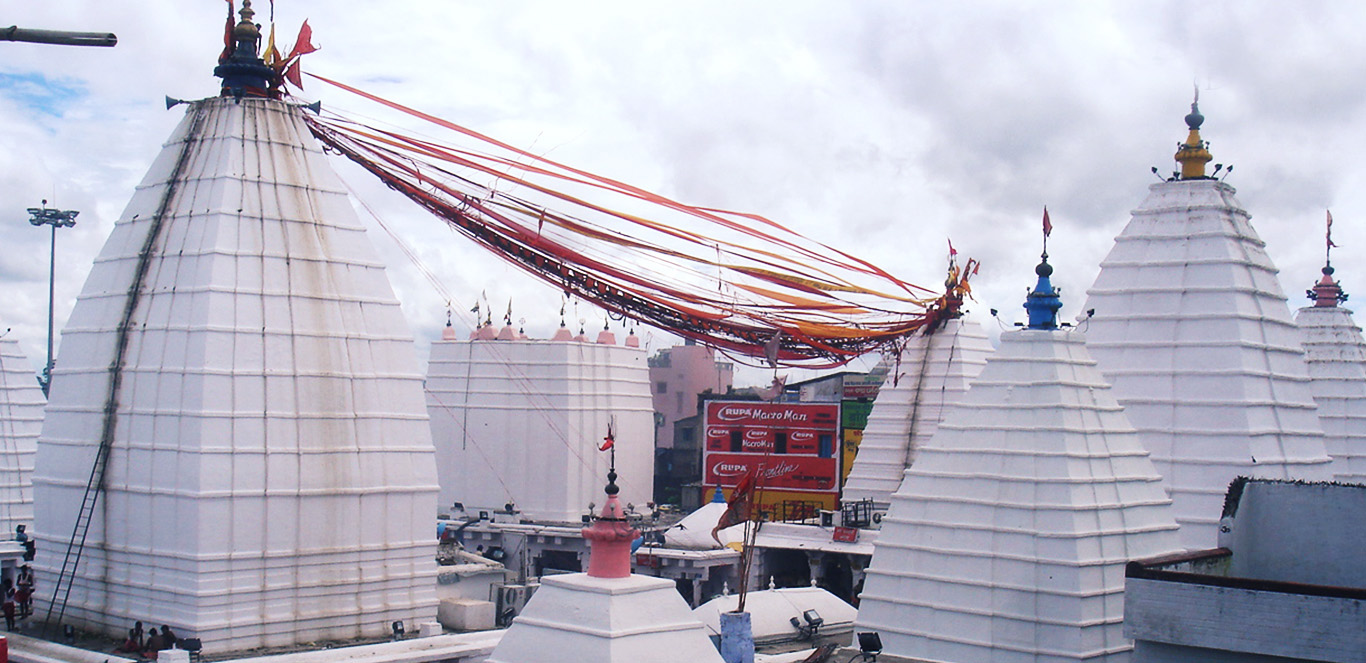
Baba Baidyanath Temple is Jharkhand is one of the 12 Jyotirlinga temples in India, and hence is extremely significant for Shaivite Hindus of India. Legends say that Ravana (from Ramayana), who was the ultimate devotee of Lord Shiva, worshipped him in this temple to get the boons of insurmountable power. Apparently, Ravana offered all of his 10 heads, one after another to lord shiva in order to please him. Later, Lord Shiva healed him like a doctor or a Vaidya (Doctor in Sanskrit). Therefore, people now call this sacred land Baba Baidyanath Temple.
8. Harihar Dham, Jharkhand
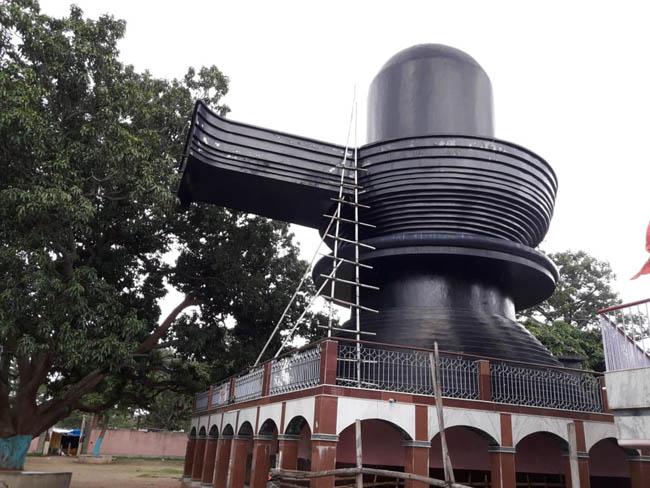
Another highlight of Jharkhand is the Harihar Dham Temple, hosting one of the biggest ShivaLinga on the planet. The idol is 65 ft (20 m) tall and the entire temple is 25 acres wide. In fact, the Shivalinga was constructed over the span of 30 years! Many people choose to marry in this temple because devotees say that it brings good luck to the marriage.
FAQs
Where is the biggest Shivalinga in East India?
The biggest Shivalinga in India and in Asia is in the Harihar Dham in Jharkhand. This Shivalinga here is 65 ft tall was took 30 years to construct.
Which is the most famous temple in East India?
Sri Jagannath Temple in Puri is one of the most popular temples in the world because of its unsolved mysteries and mind-blowing architecture.
